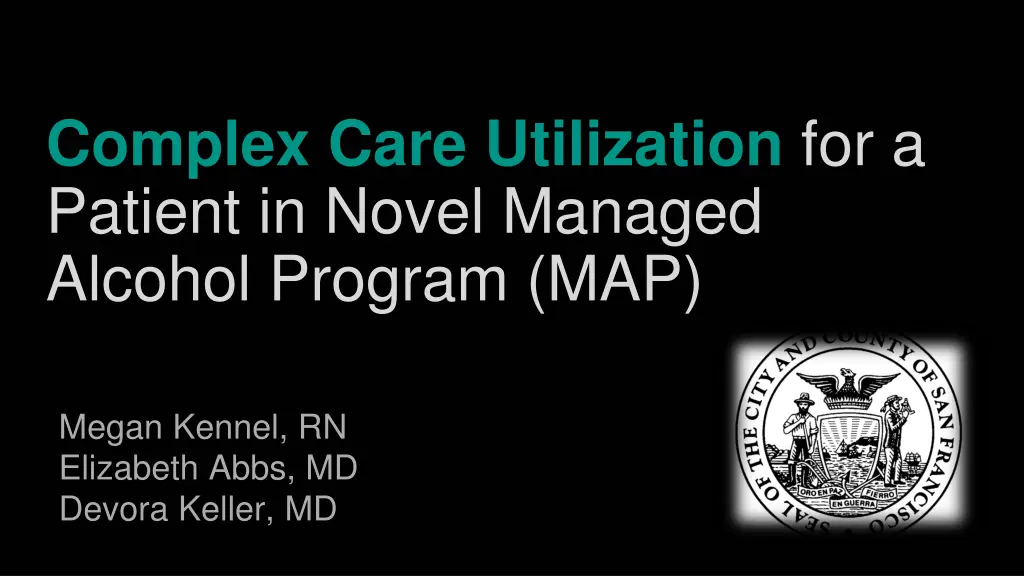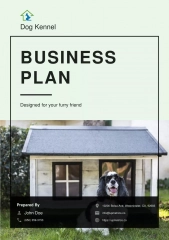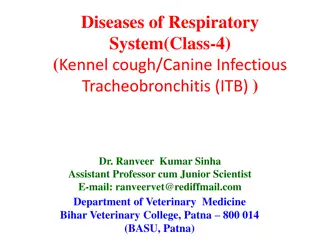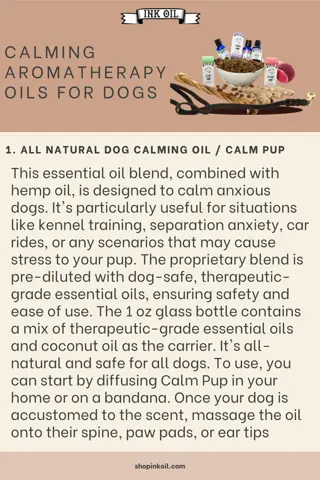
Understanding Managed Alcohol Program (MAP) for Complex Care Utilization
Explore the Managed Alcohol Program (MAP) model for high-risk individuals with severe Alcohol Use Disorder (AUD). Learn about the goals, framework, and outcomes of this novel program aimed at reducing harm and improving quality of life.
Download Presentation

Please find below an Image/Link to download the presentation.
The content on the website is provided AS IS for your information and personal use only. It may not be sold, licensed, or shared on other websites without obtaining consent from the author. If you encounter any issues during the download, it is possible that the publisher has removed the file from their server.
You are allowed to download the files provided on this website for personal or commercial use, subject to the condition that they are used lawfully. All files are the property of their respective owners.
The content on the website is provided AS IS for your information and personal use only. It may not be sold, licensed, or shared on other websites without obtaining consent from the author.
E N D
Presentation Transcript
Complex Care Utilization for a Patient in Novel Managed Alcohol Program (MAP) Megan Kennel, RN Elizabeth Abbs, MD Devora Keller, MD
Learning Objectives: We aim to: - Define the managed alcohol care model - Explore the role of MAP in the care of a high-risk individual with severe AUD - Discuss interplay of patient autonomy, quality of life, and discharge goals for a high risk MAP participant
\ MAP Philosophical Framework Goal is to decrease harm NOT to decrease volume of alcohol consumed Supportive option for individuals not currently interested in abstinence- based options and/or have failed prior attempts at abstinence-based programs Prevent withdrawal and associated complications Decrease acute alcohol related harms Decrease acute care and criminal justice episodes Promote safer use of alcohol overall Improve safety and quality of life
San Francisco Department of Public Health MAP 2020 COVID response to reduce emergency utilization among people with severe alcohol use disorder (AUD) 2022 funded longitudinal program 10 new beds earmarked to serve the LatinX/indigenous population Increase staffing to meet program size and structure goals
Core Components of MAP (*to date) Linkage opportunity to behavioral health, case management and primary care services Regulated alcohol in a controlled setting via individualized dosing Priority Populations:* - Severe AUD - Unstable housing - High system utilizer - LatinX or marginalized community member Accommodations: - Private room with bathroom - 3 meals per day - Cleaning support Medications and alcohol moderation skills Closed program*
Participant Demographics and Early Outcomes (n = 37) Median age: 54 Range 28-72 Average length of stay: 129 days for completed episodes/171 days for enrolled clients Impact of enrollment on acute care utilization: 86% male identifying 4x decrease in ED utilization 2x decrease in EMS activation 78% preferred English language 2x decrease in hospitalizations 43% White 35% LantinX 16% Black/AA Participants report improved sense of health, hope, safety and stability
Case Presentation: 59-year-old woman with prior stroke, pulmonary emboli, post-traumatic stress, bipolar disorder, at-risk stimulant use, 20 years of homelessness, and severe AUD complicated by frequent falls with more than 90 emergency utilizations in the 6-months prior to MAP. - Top EMS utilizer in San Francisco for several years - Describes self living in crack alley socially isolated from family and friends
Utilization the Month Prior to MAP 4 Primary Care Sobering visits ED visits 1 Hospital Admission 14 17
Two years in MAP - Connected to Primary Care, intensive case management - Bipolar being treated for first time - Stopped using methamphetamines - Using dentures, reading glasses, engages in art therapy, and community programs - Modified drinking patterns from binge to pattern less likely to cause harm - 15 x reduction in emergency utilization
Utilization during MAP, goals/desires Patient desires own room with a kitchen and bathroom SW worked with client on steps for Supportive Housing Client turned down several units, sought highly supported unit with on-site RN and SW. Staff attempted to explore how patient would continue safer drinking pattern and ADL support in housing declined stating I ve always been fine before Patient ultimately struggled with her ETOH consumption from day 1 in housing.
Twenty days in the community after 24 months in MAP EVENT DAY 1 2-4 5-6 7 8 9-11 11 12 13-19 20
Cycles in and out of MAP Frequent returns to MAP for short stays; consistent goal to return to housing since I pay rent there I want to drink as much as I want MAP attempts at skill-building for independent living, client resistant: I ll just be more careful next time Tension between client s autonomy and desire for independent living vs. staffs belief that MAP is safer
Discussion: How do you honor a patients goals and wishes when you face concerns about safety and feasibility? Medical-Psycho-Social Support and Stability Independence and Autonomy
Discussion: Is housing the right goal for all patients? Why or why not?
Thank you! Thanks For everything you did for me You were sweeter than a honeybee Many good things you made me see Your help set my soul free With love always
One week back in the community EVENT 1 2 3 4 5 6 DAY





